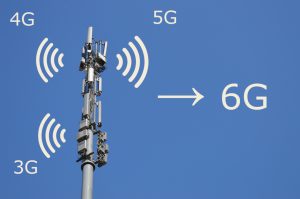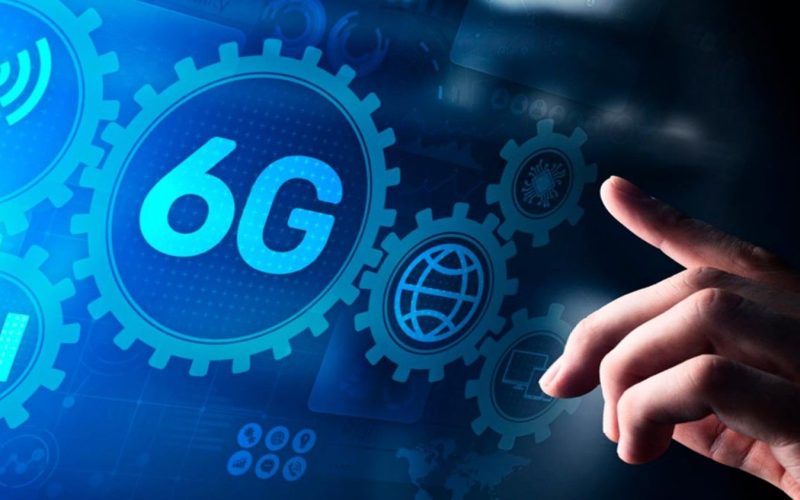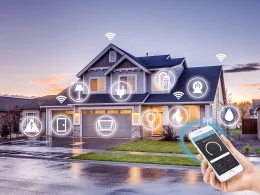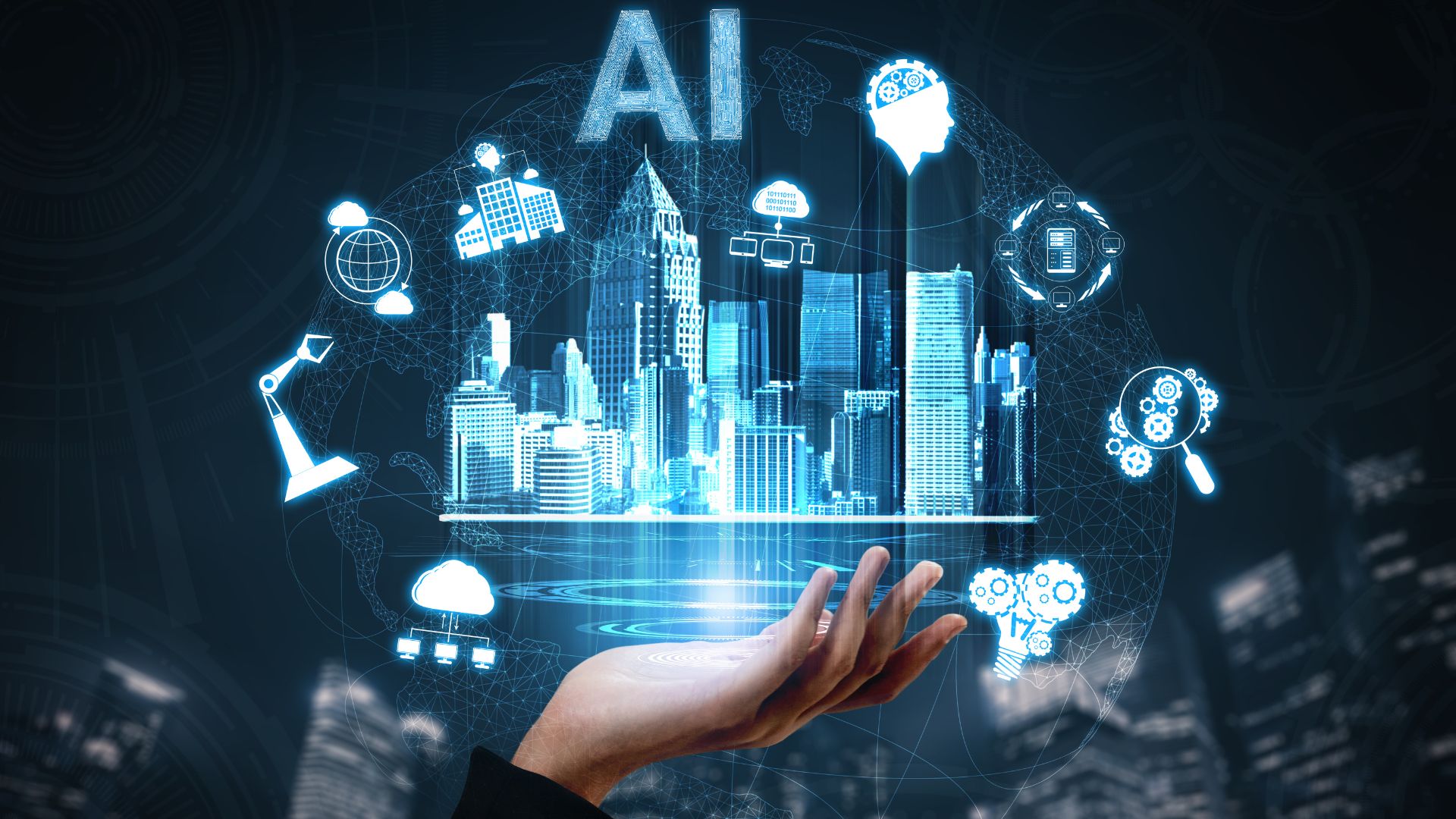5G vs. 6G: What You Need to Know
The digital revolution continues to redefine connectivity, with 5G bringing transformative changes across industries and 6G on the horizon promising even more groundbreaking advancements. Both technologies have the potential to shape how we live, work, and interact in the coming decades. In this article, we delve deeply into the key differences between 5G vs 6G, exploring their real-world applications, benefits, and the future possibilities they unlock.
1. What Is 5G and How Does It Work?
5G, short for the fifth generation of mobile networks, is a giant leap forward in wireless technology. It was designed to address the shortcomings of 4G, particularly in terms of speed, latency, and capacity. Unlike its predecessor, 5G employs advanced technologies like millimeter waves, small cells, beamforming, and massive MIMO (multiple-input, multiple-output) to deliver unparalleled performance.
How 5G Works:
- Millimeter Waves: Operates on high-frequency bands to transmit data at lightning speeds.
- Small Cells: A network of small, low-power base stations ensures stronger signals and seamless coverage.
- Beamforming: Directs signals to specific devices, minimizing interference and boosting efficiency.
Real-World Example: Smart Cities

Cities like Singapore and Seoul are leveraging 5G to create interconnected ecosystems. These networks power IoT devices for real-time traffic management, environmental monitoring, and efficient public services. In Seoul, 5G enables autonomous buses and smart parking systems, significantly reducing congestion.
Key Benefits of 5G:
- Ultra-Fast Speeds: Up to 20 Gbps, enabling quick downloads and smooth 4K streaming.
- Low Latency: A latency of 1 millisecond facilitates real-time interactions in critical applications like remote surgeries.
- Device Density: Supports over 1 million devices per square kilometer, crucial for IoT.
2. What Is 6G? A Glimpse Into the Future
While 5G is being rolled out globally, 6G represents the next evolutionary step in wireless communication. Expected to be deployed by 2030, 6G envisions seamless connectivity powered by terahertz frequencies, ultra-low latency, and AI-driven networks.
How 6G Differs:
- AI at the Core: Unlike 5G, where AI plays a supporting role, 6G will integrate AI as a central element for optimizing performance.
- Terahertz Waves: Operates on even higher frequencies than 5G, offering massive bandwidth for data transmission.
- Unimaginable Speeds: With an expected speed of 1 Tbps, downloading an entire 8K movie could take mere seconds.
Case Study: Holographic Communication
Nokia is researching 6G for use in holographic communication. Imagine a future where 3D holograms replace video calls, making virtual interactions feel almost physical. This capability could revolutionize industries like education, healthcare, and entertainment.
Key Benefits of 6G:
- Blazing Speeds: Offers up to 1 terabit per second, ideal for data-intensive applications.
- Seamless Integration: Bridges physical and virtual worlds through AI-powered devices.
- Global Connectivity: Aims to connect satellites, drones, and terrestrial networks for worldwide coverage.
3. 5G vs. 6G: Key Differences
As promising as 5G is, 6G is expected to push the boundaries of wireless communication even further. Here’s a detailed comparison:
| Feature | 5G | 6G |
|---|---|---|
| Speed | Up to 20 Gbps | Up to 1 Tbps |
| Latency | ~1 millisecond | ~100 microseconds |
| AI Integration | Limited | Core to network design |
| Frequency Bands | Millimeter waves | Terahertz waves |
| Applications | IoT, AR/VR, Smart Cities | Holographic communication, AI |
| Rollout | 2020–Present | Expected by 2030 |
Example: Autonomous Vehicles
With 5G, autonomous vehicles can communicate with each other (V2V) and surrounding infrastructure (V2I) in real time. This enhances navigation and safety. 6G could take this further by integrating AI to predict potential hazards and optimize traffic flow autonomously.
4. Case Studies: Real-World Applications of 5G
The impact of 5G can already be seen across various sectors. Let’s explore two significant use cases:
A. Healthcare: Remote Surgeries
5G’s low latency has enabled doctors to perform surgeries remotely using robotic systems. In 2019, a Chinese doctor performed the world’s first remote brain surgery using 5G, operating on a patient 3,000 kilometers away. This innovation is revolutionizing healthcare, particularly in rural areas with limited access to specialists.
B. Entertainment: Cloud Gaming
Gaming has seen a paradigm shift with 5G. Platforms like Google Stadia and Microsoft xCloud allow players to stream high-quality games without downloading them. With minimal latency, 5G ensures smooth, lag-free gaming experiences.
5. 6G’s Potential Use Cases
While 6G remains in the research phase, its potential applications are boundless. Here are two visionary examples:
A. Space Connectivity
6G aims to integrate satellite networks with terrestrial systems, providing internet access to remote and underserved regions. This could bridge the digital divide, bringing education and healthcare to isolated communities.
B. Smart Wearables

6G will enable the next generation of wearables, such as smart glasses and health monitors. These devices could offer real-time diagnostics, track vital signs, and even predict illnesses using AI algorithms.
6. Economic Impact: 5G vs. 6G
The economic impact of 5G has been immense, and 6G is expected to surpass it by creating entirely new industries. A PwC report predicts that 5G will contribute $1.3 trillion to global GDP by 2030.
Example: Manufacturing
5G is already transforming manufacturing through IoT and robotics. Factories can monitor equipment in real-time, reducing downtime. With 6G, factories could become fully autonomous, using AI to make decisions and optimize production without human intervention.
7. Challenges in 5G Deployment
Despite its potential, 5G has faced several challenges:
- High Costs: Deploying 5G infrastructure is expensive, especially in rural areas.
- Coverage Gaps: Limited availability in certain regions slows down adoption.
- Cybersecurity Risks: The increased number of connected devices creates vulnerabilities.
How 6G Could Overcome These Challenges
6G is being designed to address these issues with AI-powered networks that can self-optimize, reducing costs and improving security.
8. Environmental Impact of 5G and 6G
While 5G has increased energy consumption due to its extensive infrastructure, 6G researchers are working towards eco-friendly networks. By using AI to optimize energy usage and adopting sustainable hardware, 6G could reduce its environmental footprint significantly.
Example: Green Communication
6G aims to utilize energy-efficient technologies like quantum computing and renewable-powered base stations, ensuring sustainable development.
9. How Will 5G and 6G Shape the Future?
The transformative power of these technologies will impact every aspect of our lives. Here are some key areas where 5G and 6G will play a pivotal role:
- Education: 6G could enable fully immersive virtual classrooms, making quality education accessible globally.
- Healthcare: Remote surgeries and AI-driven diagnostics will become more precise with 6G.
- Space Exploration: Real-time communication between astronauts and mission control will be possible.
10. The Verdict: Which Is Better, 5G or 6G?
The comparison of 5G vs 6G reveals that both have unique strengths. While 5G is already transforming industries, 6G represents the future of connectivity. Instead of replacing 5G, 6G will complement it, building on its foundation to unlock new possibilities.
Both 5G and 6G represent critical milestones in the digital age. While 5G addresses today’s connectivity needs, 6G will redefine the future. Together, these technologies will shape a world where connectivity becomes faster, smarter, and more integrated into every aspect of life, unlocking endless possibilities for industries, individuals, and the planet. The future of connectivity is bright, and the journey from 5G to 6G is only the beginning.
- 5G is enabling real-world applications like IoT, autonomous vehicles, and remote healthcare today.
- 6G will revolutionize these advancements, paving the way for AI-driven, ultra-fast, and globally connected networks.
Conclusion:
The evolution of wireless networks from 5G to 6G marks a transformative journey in how we connect and interact with technology. 5G is already reshaping industries with its speed, low latency, and capacity to handle massive device connections. It has laid the groundwork for smart cities, autonomous vehicles, remote surgeries, and immersive gaming experiences, demonstrating its critical role in advancing modern society.
Looking ahead, 6G promises to take connectivity to unimaginable heights. With speeds reaching 1 terabit per second, AI-driven network optimization, and futuristic applications like holographic communication and global satellite integration, 6G could revolutionize how we work, learn, and live. It aims to bridge the digital divide, create sustainable and eco-friendly networks, and unlock possibilities in areas such as space exploration, quantum computing, and autonomous systems.
However, the adoption of 6G is still years away, with research and development ongoing. In the meantime, 5G will continue to mature and expand, driving innovation and connectivity across the globe.









